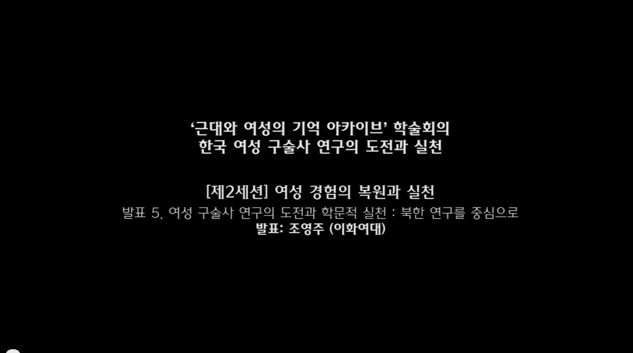This study examines the reality of the education of overseas Chinese in Korea from the historical standpoint by analyzing their educational experience by generation. First, the first priority in the education for overseas Chinese is Chinese language. ...
http://chineseinput.net/에서 pinyin(병음)방식으로 중국어를 변환할 수 있습니다.
변환된 중국어를 복사하여 사용하시면 됩니다.
- 中文 을 입력하시려면 zhongwen을 입력하시고 space를누르시면됩니다.
- 北京 을 입력하시려면 beijing을 입력하시고 space를 누르시면 됩니다.

한국 화교교육 연구 -세대별 교육경험 탐색- = Studies on the Education for Overseas Chinese in Korea -Inquiry into Educational Experience by Generations-
한글로보기https://www.riss.kr/link?id=A101744722
- 저자
- 발행기관
- 학술지명
- 권호사항
-
발행연도
2012
-
작성언어
-
-
주제어
화교교육 ; 한국 화교 ; 소수민족 ; 다문화 ; 구술사 연구 ; 세대별 교육경험 ; Overseas Chinese Education ; Korea Overseas Chinese ; Minority ; Oral History
-
KDC
300
-
등재정보
KCI등재
-
자료형태
학술저널
-
수록면
1-25(25쪽)
- DOI식별코드
- 제공처
- 소장기관
-
0
상세조회 -
0
다운로드
부가정보
다국어 초록 (Multilingual Abstract)
This study examines the reality of the education of overseas Chinese in Korea from the historical standpoint by analyzing their educational experience by generation. First, the first priority in the education for overseas Chinese is Chinese language. From the 1950`s to the 1970`s, overseas Chinese lived amongst themselves and their children were naturally exposed to the language and acquired it. However, recently, the rate of marriage between the overseas Chinese in Korea and Koreans is on the rise and the children of overseas Chinese tend to get exposed to Korean more than Chinese through internet and the media. Consequently, the education for overseas Chinese is heading towards the direction where the Chinese language education is more stressed gradually. Second, the secondary education has been conducted with the purpose of entering college in Taiwan, but since the Korea-China diplomatic treaty in 1992, the number of students who are entering Korean universities is steadily increasing. Since overseas Chinese receive education from primary school to high school amongst themselves, when they enter college, they experience difficulties in adapting in Taiwan and Korea. Students who enter college in Taiwan are told they are “Koreans” from people of Taiwan, the country of their citizenship. Furthermore, they experience the discrepancy between the education they have received and the education in their native country. The students who entered Korean colleges, in many cases, have failed to adapt to Korean society due to difficulty in speaking Korea and discrepancy in the way classes are run and the number of students who took leave from school and who end up not graduating has been considerable.
동일학술지(권/호) 다른 논문
-
일제강점기부터 제1차 교육과정기 교육과정 문서 체계 분석 -총론과 교과의 분화와 독립-
- 한국교육사학회
- 김진숙 ( Jin Sook Kim )
- 2012
- KCI등재
-
황민화 시기 이만규의 국가정체성 -친일적 경향을 중심으로-
- 한국교육사학회
- 이길상 ( Gil Sang Lee )
- 2012
- KCI등재
-
- 한국교육사학회
- 전일균 ( Il Kyoun Cheon )
- 2012
- KCI등재
-
- 한국교육사학회
- 한상인 ( Sang In Han )
- 2012
- KCI등재




 KISS
KISS







